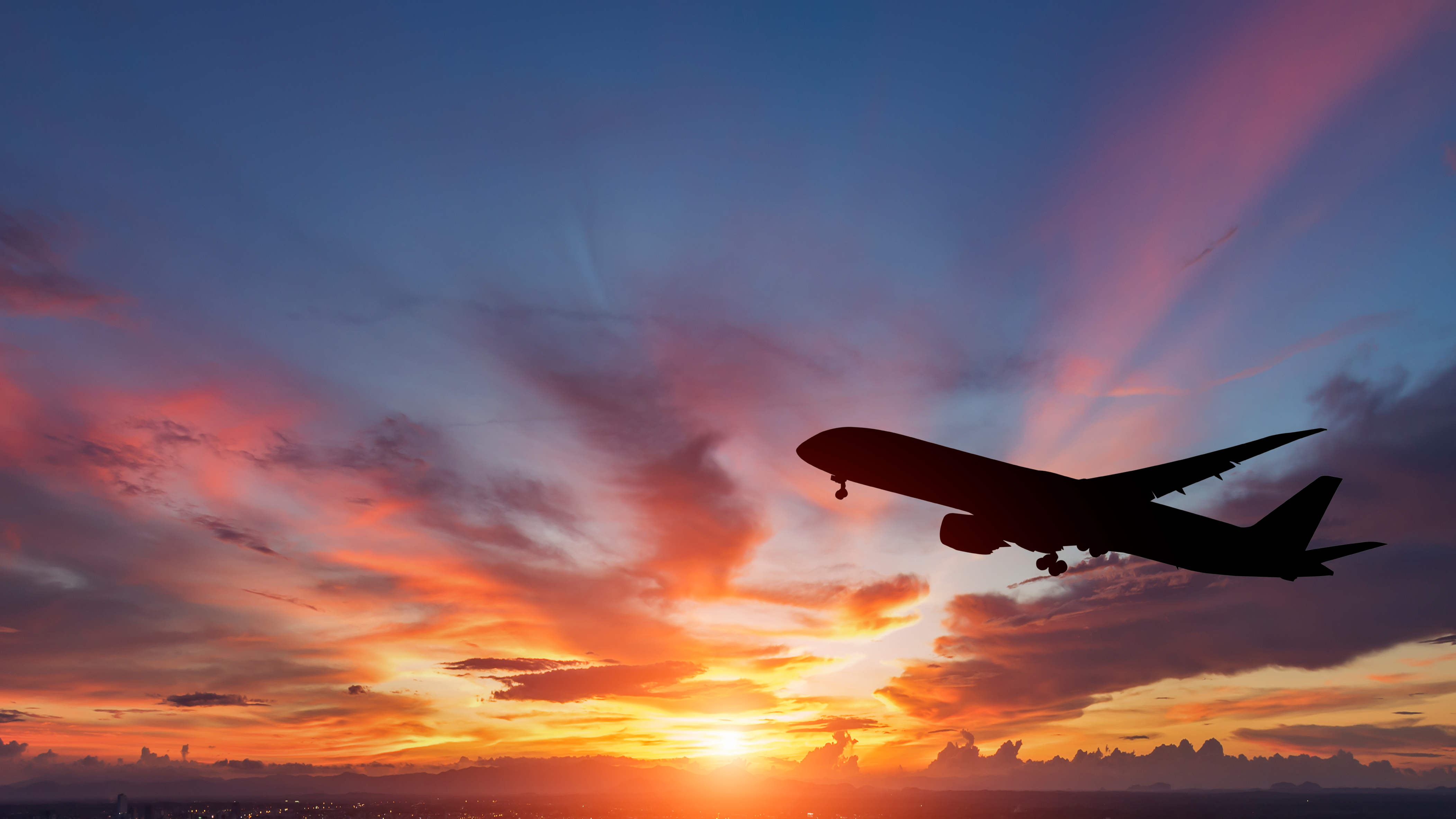
The end-of-year holidays are here, and that means travel season for many people. For breastfeeding mothers, figuring out where to pump or feed their babies can add stress. University of Pennsylvania experts Diane Spatz and Elizabeth Froh offer tips for these women, whether or not their babies will be in tow.
Spatz, a perinatal nursing and nutrition professor in Penn’s School of Nursing, also directs the lactation program at the Children’s Hospital of Philadelphia (CHOP). Froh, a nurse scientist at CHOP’s Center for Pediatric Nursing Research & Evidence-Based Practice, is also an adjunct assistant professor of nursing in the associated faculty of Penn Nursing.
Generally, both first recommend that breastfeeding mothers know their rights. Breastfeeding and pumping are now protected everywhere in the United States, including airports and train stations. That being said, Spatz suggests mothers avoid pumping or breastfeeding in bathrooms. “They’re way too germy,” she says.
In addition, the researchers offer the following advice for mothers traveling by planes, trains, and automobiles.
By car:
- If you’re with baby, find a safe place to pull over and breastfeed.
- If you’re away from baby, bring a car adapter for your breast pump, to allow for pumping anywhere, even without electricity available.
- Consider how to keep expressed milk cold, particularly during a long ride. Try a portable cooler bag and gel packs rather than regular ice, which could melt and make the temperature of the milk unsafe. Remember to freeze gels packs in advance.
By train:
- If you’re with baby, head first to the train station’s customer service. Ask about options for early boarding and assistance, which may help you secure a comfortable seat that offers space and flexibility for breastfeeding. You can also ask about lactation rooms or pods, which are now available in five large stations across the country.
- If you’re away from baby, call ahead to ask about electric outlets on the train. Are they available for passengers? Is your pump compatible? If not, be sure to bring back-up batteries.
- Similar to the car trip, for a long train ride, remember a cooler and gel packs for expressed milk storage.
By air:
- If you’re with baby, look at the airport’s layout ahead of time. Lactation spaces may exist but may be far from your gate or even in a different terminal.
- Feed your baby during takeoff and landing, to relieve the pressure in the ears.
- If you’re away from your baby, read the TSA guidelines for breastmilk ahead of time. Breastmilk is allowed in carry-on bags but know that it will be screened separately during the security process. Any accompanying gel packs will also need to be frozen in advance.
- If you’re traveling with frozen milk, consider checking the filled cooler as a piece of checked luggage. Call your airline ahead of time to ask about the logistics.
- If you are looking for privacy, remember to bring a breastfeeding cover. And be prepared with extra batteries if you’ll need to pump during the flight.
Diane Spatz is a professor of perinatal nursing and the Helen M. Shearer Professor of Nutrition at the University of Pennsylvania School of Nursing. She is also a nurse researcher and manager of the lactation program at the Children’s Hospital of Philadelphia.
Elizabeth Froh is a nurse scientist at the Children’s Hospital of Philadelphia’s Center for Pediatric Nursing Research & Evidence-Based Practice. She is also an adjunct assistant professor of nursing in the associated faculty of the University of Pennsylvania School of Nursing.







